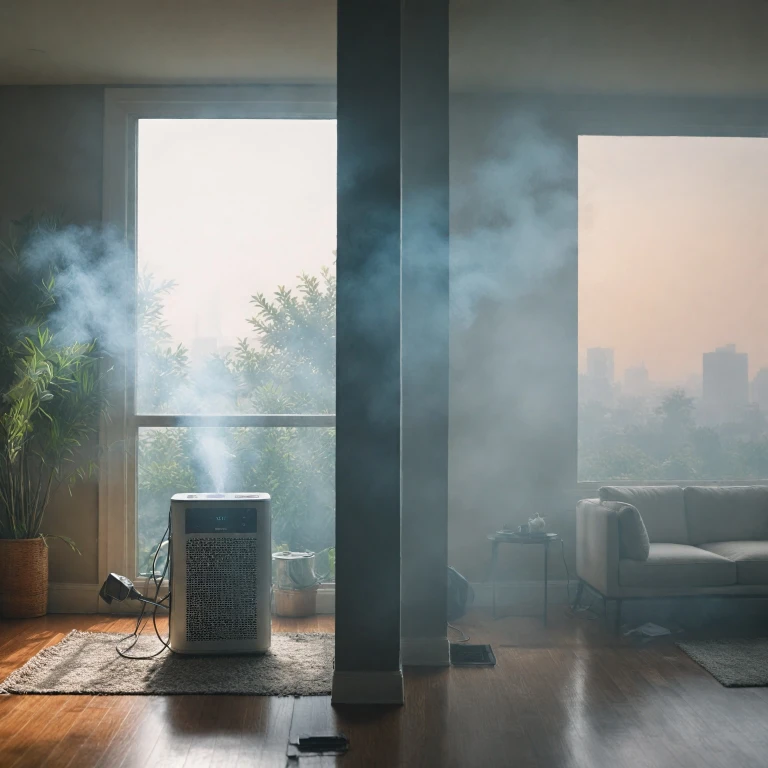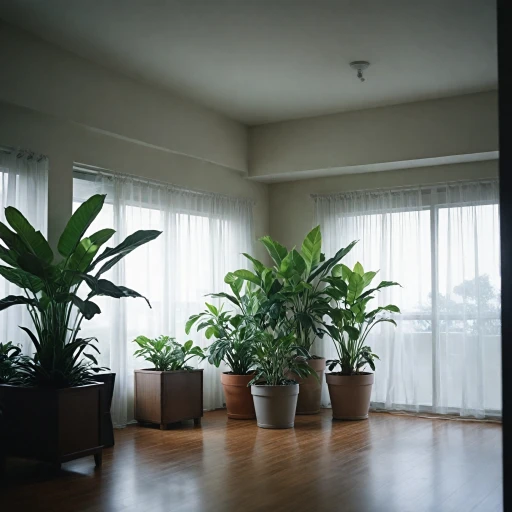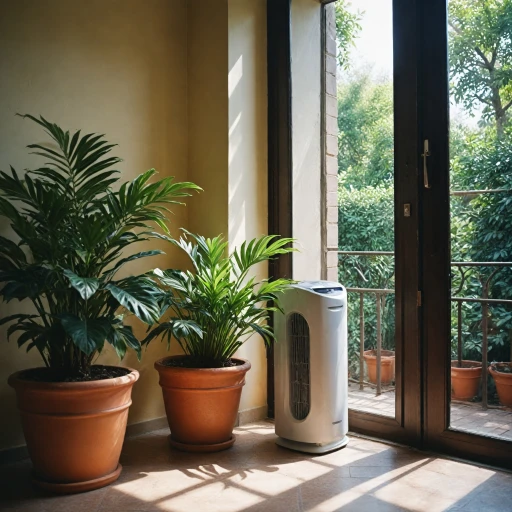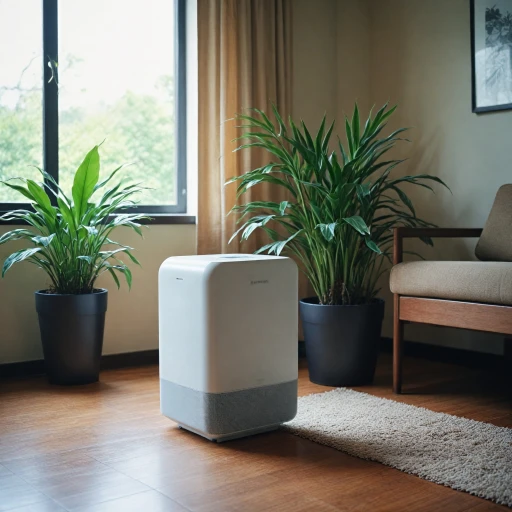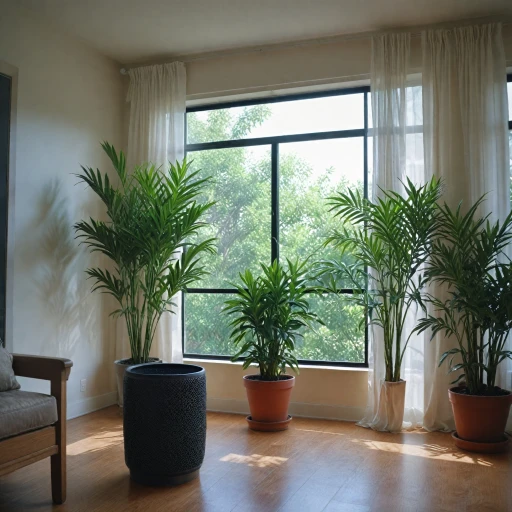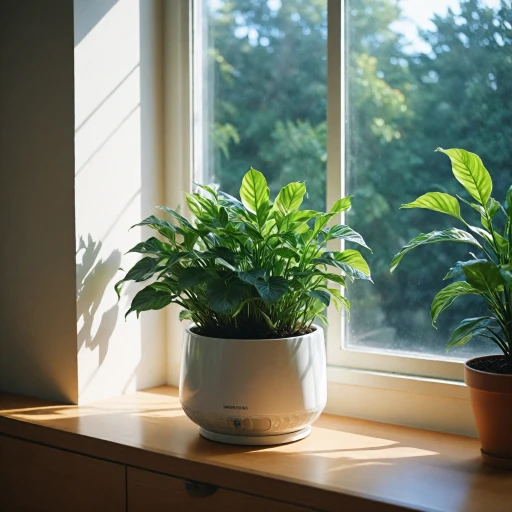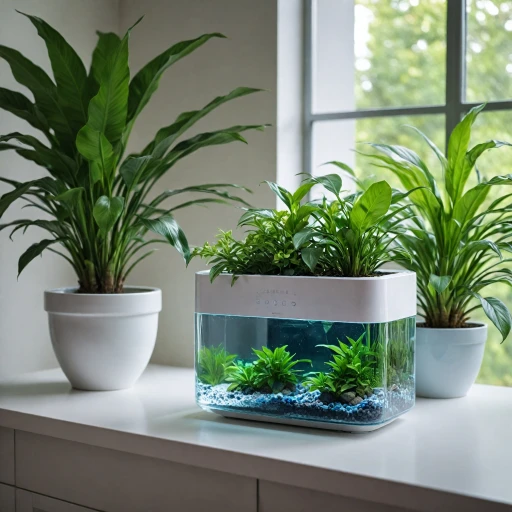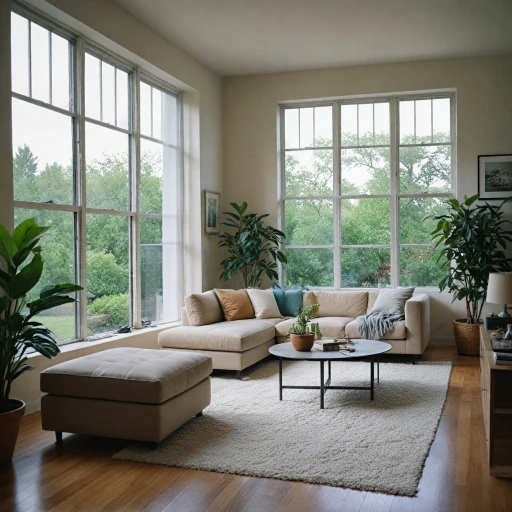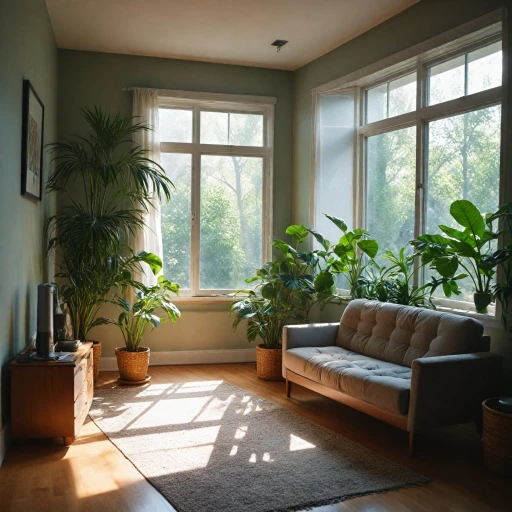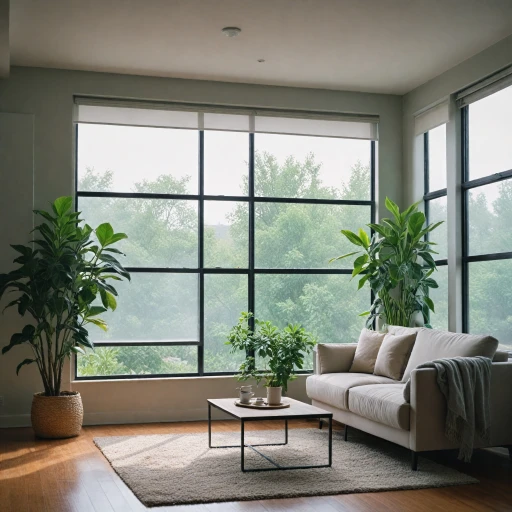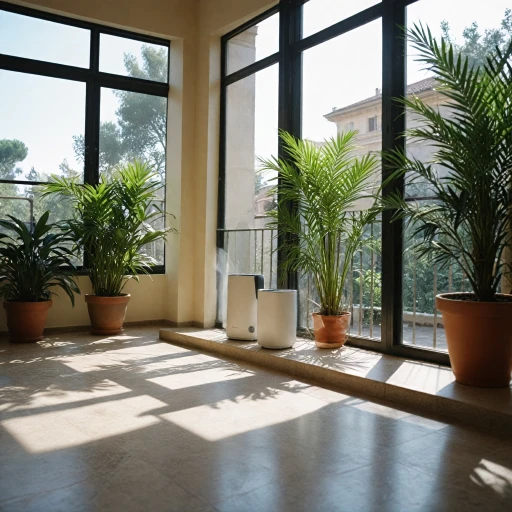
How Air Ionizers Work
Unveiling the Mechanics of Air Ionizers
Air ionizers are unique devices in the realm of air purification systems. They operate by emitting negative ions into the indoor air. These ions attach to airborne particles like dust, pollen, and mold spores, causing these particles to become heavier and eventually fall to surfaces where they can be removed through cleaning. The process might sound simple, but it has far-reaching implications for your indoor air quality. By targeting large particles that contribute to air pollution, ionizers effectively reduce common allergens and enhance the overall air purity. One of the pros of using ionizer air cleaners is that they do not rely on standard filters like HEPA or activated carbon filters. This also means less maintenance in terms of changing filters regularly. However, a major con is that air ionizers can sometimes produce ozone as a byproduct, which can be harmful in high concentrations. While ionizers are effective in tackling airborne particles, they may not be as comprehensive as other air purifiers in removing bacteria, viruses, or VOCs. Furthermore, the settled particles need to be regularly wiped from surfaces to ensure a truly clean environment. To delve deeper into the benefits of such systems, you might want to explore this guide which offers insights into various types of air ionizers.How Air Purifiers Operate
Functionality of Air Purifiers
Air purifiers are complex devices designed to maintain healthier indoor environments by tackling pollutants that degrade air quality. They operate primarily by using filters, such as HEPA (High-Efficiency Particulate Air) filters, which capture various airborne particles that might be harmful to health. These filters are highly effective in trapping large particles like dust, pollen, and mold spores, as well as microscopic ones, including bacteria and viruses. HEPA filters are renowned for their efficiency, capable of removing up to 99.97% of particles as small as 0.3 microns. This makes them highly desirable for anyone looking to improve the quality of their indoor air, particularly when the presence of allergens and pollutants is a concern. Beyond HEPA, many purifiers incorporate an activated carbon filter to deodorize the air and effectively remove gases or volatile organic compounds (VOCs). Air purifiers come with various technologies and features, but all have the common goal of purifying indoor air. They can be standalone units intended for single-room use or integrated into your home's HVAC system for whole-house air purification. As you consider the type that might suit your needs, understanding the pros and cons of each filter type is paramount. Some purifiers utilize UV light or even ions to neutralize pollutants. Negative ions produced by ionizer air purifiers bind with airborne particles, making them heavier and more likely to fall out of the air. However, this method's effectiveness and health implications are topics for consideration when comparing different purification technologies. More insights into advanced filter technologies can be explored here: understanding the benefits of U15 air purifiers. Choosing the right air purifier involves evaluating the specific contaminants present in your environment, as well as the device's removal efficiency and maintenance needs. Consistent maintenance, such as replacing filters regularly, is crucial to ensure your purifier performs efficiently. High-quality air cleaners are invaluable investments for enhancing indoor air quality, providing both immediate and long-term benefits for overall health and well-being.Comparing Effectiveness: Ionizers vs Purifiers
Evaluating the Efficiency of Air Cleaners
In an effort to ensure clean indoor air, both air ionizers and air purifiers come into play, each with its own merits and limitations. When assessing effectiveness, the capabilities differ significantly. Air ionizers operate by releasing negative ions into the air, which attach to airborne particles such as dust, pollen, and pollutants. These charged particles then fall onto surfaces, theoretically clearing the air. This method can be beneficial for tackling ultrafine particles, but there remains a risk of pollutants settling on furniture and floors, requiring regular cleaning. Conversely, air purifiers, especially those equipped with HEPA filters, physically remove particles from the air. HEPA filters are designed to capture large particles such as mold spores, dust, and pollen, effectively reducing allergens. Furthermore, models with activated carbon filters can eliminate odors and volatile organic compounds (VOCs), enhancing indoor air quality significantly. However, while air purifiers excel at trapping particles, their range can be limited. Placement within a room and regular maintenance, such as filter replacements, directly impact their performance. Additionally, air purifiers equipped with ionizer functions may produce ozone, a point of contention due to potential health implications. Exploring the pros and cons of activating ionizers can provide valuable insights. Overall, the choice between an ionizer and a purifier involves balancing the efficiency of particle removal with the potential health risks, maintenance needs, and effectiveness in improving air quality. For those interested in enhancing their indoor environment, understanding how air cleaners operate and their impact on health is crucial.Health Implications and Benefits
Health Benefits and Concerns with Air Ionizers and Purifiers
Understanding the impact of air quality on health is vital, especially when choosing between air ionizers and air purifiers. Both these devices can offer significant health benefits, yet each has its own considerations. Let’s explore further:- Air Purifiers: These devices typically rely on HEPA filters and activated carbon to remove airborne particles such as dust, pollen, mold spores, and bacteria viruses. Their ability to capture large particles efficiently makes them highly beneficial for improving indoor air quality and reducing symptoms for those with allergies or asthma.
- Air Ionizers: Unlike purifiers, ionizers emit negative ions to electrically charge particles in the air, causing them to clump together and fall out of the air or stick to surfaces. While effective, this process has its cons; ionizers can sometimes generate ozone, a by-product that in high concentrations can be harmful to health. Therefore, users must consider this potential downside.
Choosing the Right Device for Your Needs
Considerations for Selecting an Air Cleaner
When selecting between air ionizers, purifiers, and air cleaners that leverage HEPA filters, it's crucial to consider your individual needs and the environment where the device will operate. Here’s how you can make the right choice:- Room Size and Airflow: Not all air cleaners are suited for every space. Evaluate the size of the area that requires purification. For efficient air purification, the device should be capable of handling the entire space without hindrance. Larger rooms may benefit more from powerful air purifiers with HEPA filters, which can capture large particles and pollutants effectively.
- Specific Health Concerns: If health issues such as asthma or allergies are a concern, a HEPA filter is indispensable. These filters are renowned for their ability to trap airborne particles like dust, pollen, mold spores, bacteria, and viruses, thereby enhancing indoor air quality.
- Types of Pollutants: Consider whether the primary concern is dust, allergens, or odors. Air purifiers with activated carbon filters could be more effective for odor removal, while ionizers excel at neutralizing dust and other airborne particles through negative ions. However, be wary of the potential production of ozone by ionizers, which some consider a downside or cons, while others may view it as part of the device's pros.
- Maintenance and Operating Cost: Examine the long-term cost implications, including filter replacement and energy usage. Air purifiers that utilize HEPA filters generally require regular filter changes, which may add to maintenance expenses. On the other hand, ionizers, which often skip traditional filters, might incur lower maintenance costs but could have varying effectiveness in removing smaller pollutants.
- Efficiency in Specific Scenarios: For environments with continuous air pollution, like areas close to traffic or factories, a robust air purifier integrated into an HVAC system can provide constant air purification. This setup is crucial for maintaining indoor air free from persistent air pollution.
Cost and Maintenance Considerations
Budgeting for Air Quality: Costs and Maintenance
When deciding between air ionizers and air purifiers, understanding the cost implications is crucial. Both initial purchase prices and ongoing maintenance expenses can vary significantly between these two types of air cleaners.
Initial Costs: Air purifiers, especially those equipped with HEPA filters, tend to be more expensive upfront compared to ionizers. This is due to the advanced filtration technology that effectively captures large particles, dust pollen, and even mold spores. On the other hand, ionizers, which use negative ions to remove airborne particles, are generally more affordable but may not be as effective in capturing larger pollutants.
Maintenance Expenses: The maintenance costs for air purifiers can be higher, primarily because of the need to replace filters regularly. HEPA filters, for instance, need to be replaced every 6 to 12 months, depending on usage and indoor air quality. Activated carbon filters, which help in removing odors and gases, also require periodic replacement. Ionizers, however, have fewer parts to replace, which can make them cheaper to maintain. However, it’s important to note that some ionizers may produce ozone, which can be a concern for indoor air quality and health.
Energy Consumption: Another factor to consider is energy usage. Air purifiers with HEPA filters often consume more electricity than ionizers, especially if they are part of an HVAC system. This can add to the overall cost of operation over time.
In summary, while air purifiers may have higher initial and maintenance costs, they offer comprehensive air purification by effectively removing pollutants, bacteria viruses, and mold spores. Ionizers, with their lower upfront and maintenance costs, might be suitable for those looking for a budget-friendly option, but it's essential to weigh the pros and cons, especially regarding their effectiveness and potential ozone production.
